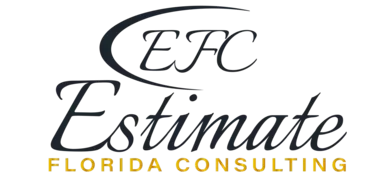- Homepage
- Blogs
Cost Control and Budgeting for Commercial Buildings
Leading provider of construction estimating.
One of the most straightforward ways to estimate commercial construction costs is by calculating the cost per square foot. This figure varies significantly depending on the building type, location, and materials used. In the United States, the average cost for commercial construction ranges from $200 to $450 per square foot, with higher-end projects exceeding $500 per square foot.
Building Type | Cost per Square Foot |
Office Buildings | $200 – $400 |
Retail Spaces | $250 – $450 |
Warehouses | $150 – $250 |
Hotels | $300 – $600 |
Healthcare Facilities | $400 – $700 |
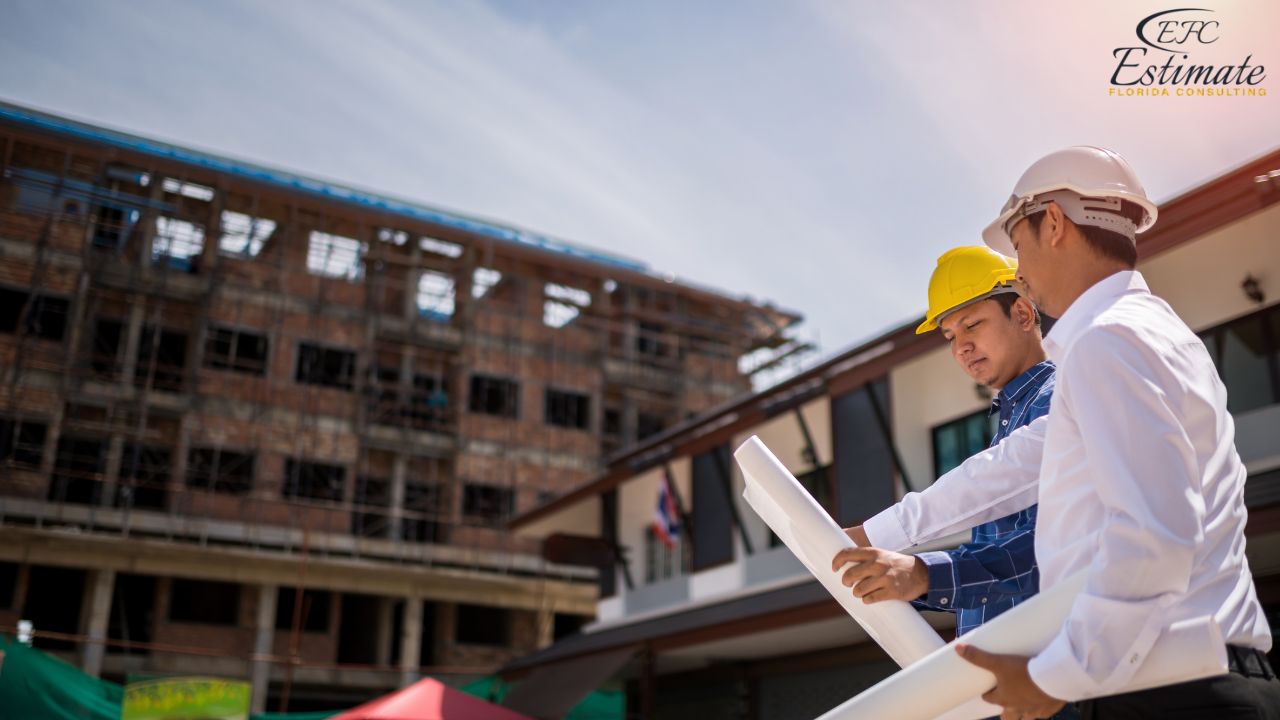
Types of Commercial Buildings and Their Costs
Office Buildings
Office buildings serve various purposes, from housing small startups to accommodating large corporate headquarters. They can range from modest two-story buildings in suburban areas to sprawling skyscrapers in urban centers. The overall cost depends on factors like the location, the quality of materials used, and the type of amenities provided, such as high-speed elevators, modern HVAC systems, and fully equipped conference rooms. Custom interior finishes, energy-efficient designs, and smart building technologies can further impact costs. On average, constructing an office building costs between $200 and $400 per square foot, with higher-end projects often exceeding this range.
Retail Spaces and Shopping Malls
Retail construction involves creating spaces that are functional, attractive, and tailored to meet the needs of tenants and shoppers. Small retail spaces, like local storefronts, are relatively straightforward and inexpensive, while large shopping malls include features like food courts, entertainment areas, and anchor stores. High-end malls often require premium finishes, intricate designs, and advanced security systems to attract upscale clientele. Costs for retail construction typically range from $250 to $450 per square foot, with the upper end reflecting projects that incorporate luxury materials, complex layouts, and cutting-edge technology.
Warehouses and Industrial Facilities
Warehouses are among the least complex types of commercial buildings, often designed with simplicity and functionality in mind. Basic warehouse construction is cost-effective, with a focus on durable materials and efficient layouts. However, adding advanced features like climate control, automated storage and retrieval systems, or reinforced flooring for heavy equipment can drive up expenses. These upgrades are common in industries requiring temperature-sensitive storage or high-tech manufacturing facilities. While standard warehouses cost around $150 to $250 per square foot, facilities with specialized features can exceed these figures.
Get Acquainted with Estimation
Commercial Construction Cost
Estimator
Dominate the Competition: Tips to Secure More Construction Bids
Hospitality Buildings
Hospitality buildings, such as hotels and resorts, require meticulous planning and high-quality finishes to meet guest expectations. Amenities like swimming pools, spas, fitness centers, and in-house restaurants significantly influence construction costs. Luxury hotels often incorporate custom architectural designs, energy-efficient systems, and smart room technologies to enhance guest experiences. Construction costs for hospitality buildings typically range from $300 to $600 per square foot, with luxury resorts or urban boutique hotels often falling on the higher end of the spectrum due to their elaborate designs and premium features.
Healthcare Facilities
Healthcare buildings, including hospitals, clinics, and specialized care facilities, are some of the most expensive commercial projects to construct. This is due to strict compliance with healthcare regulations, the need for specialized construction to support heavy medical equipment, and intricate layouts for emergency rooms, operating theaters, and diagnostic labs. Additional costs come from advanced HVAC systems to maintain sterile environments, soundproofing for patient comfort, and reinforced structures to house equipment like MRI machines. Costs for healthcare facilities typically range from $400 to $700 per square foot, with state-of-the-art hospitals often exceeding these figures.
Cost Breakdown for Commercial Construction Projects
Land Acquisition and Site Preparation
The cost of land acquisition varies significantly depending on location, with urban areas generally being more expensive than rural or suburban regions. Additional costs for site preparation include grading, clearing vegetation, and connecting utilities like water, electricity, and sewage. Factors such as soil quality, topography, and the need for demolition of existing structures can also affect expenses. On average, land acquisition and site preparation costs range from $50,000 to $200,000, but for larger or more complex sites, these costs can escalate further.
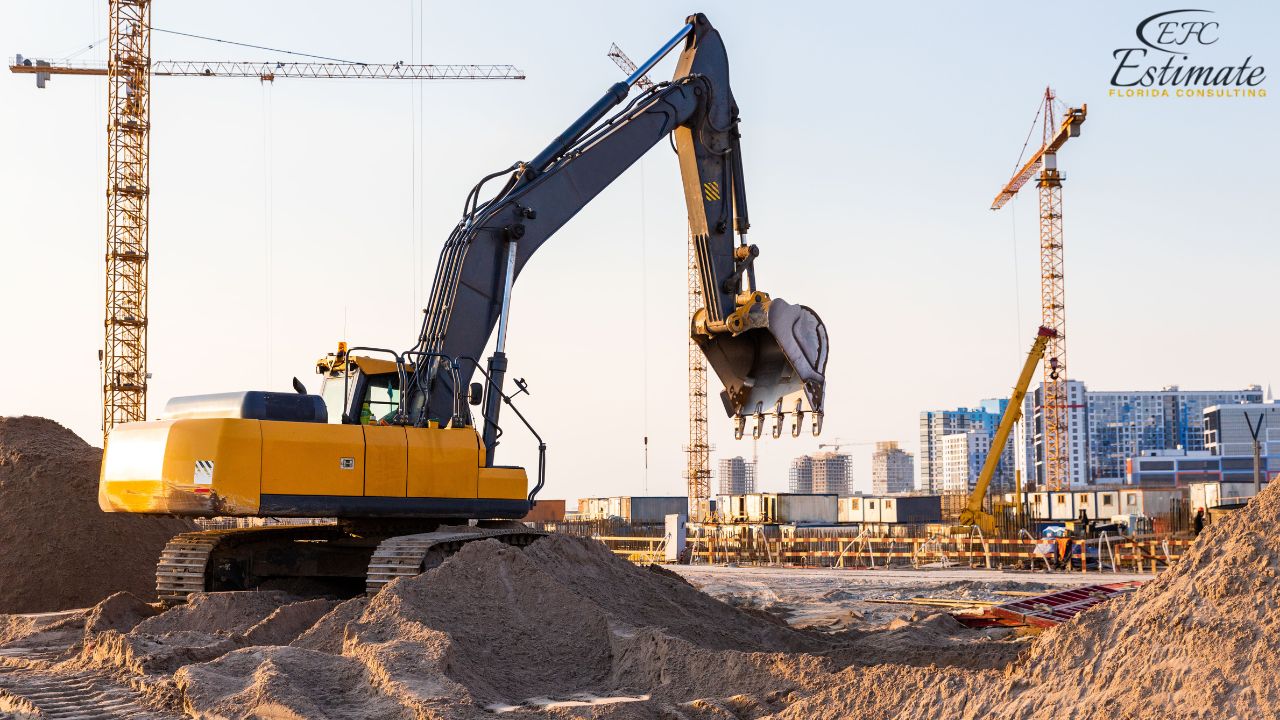
Permits and Regulatory Compliance
Securing permits is an essential step in any commercial construction project. Costs for permits vary depending on the project size, building type, and local regulations, typically ranging from $5,000 to $50,000. Additional expenses may arise from inspections, environmental impact studies, and compliance with zoning laws or historical preservation requirements. These costs ensure that the building meets safety and environmental standards, avoiding potential fines or delays later in the project.
Design and Engineering Costs
Architectural and engineering services play a critical role in the success of a commercial project. These professionals create detailed blueprints, provide structural calculations, and ensure compliance with local building codes. Fees for these services generally make up 5% to 15% of the total project cost. High-end projects with unique designs or advanced engineering solutions may incur higher fees. Additionally, revisions to initial plans during the construction process can increase these costs.
Material and Labor Costs
Material and labor costs typically make up the bulk of the construction budget, reflecting the quality of materials and the expertise required for the project. Materials such as steel, concrete, and glass are common in commercial buildings, but costs can vary based on market conditions and transportation expenses. Labor costs depend on the project’s complexity and the availability of skilled workers. Together, materials and labor account for 80% to 90% of the total cost, with materials making up 50% to 60% and labor accounting for 30% to 50%.
Technology and Security Systems
Modern commercial buildings often include advanced features like smart building management systems, automated lighting, and integrated security systems. These upgrades improve energy efficiency, safety, and overall functionality. Depending on the scale and sophistication of the technology, these systems can add $50,000 to $500,000 to the total budget. Projects involving high-security facilities, such as banks or data centers, may require additional investments in surveillance systems and biometric access controls.
Cost Control Strategies for Commercial Construction
Detailed Planning and Budgeting
Effective cost control starts with a well-thought-out plan. A detailed budget should account for every potential expense, including materials, labor, permits, design fees, and contingency funds. Using construction management software or spreadsheets allows stakeholders to monitor spending and make adjustments as needed. Proper planning helps avoid unexpected costs that can derail a project.
Leveraging Technology for Cost Management
Building Information Modeling (BIM) is a valuable tool for managing commercial construction costs. By creating a 3D model of the building, stakeholders can visualize the project, identify potential problems early, and make informed decisions. BIM also facilitates real-time cost tracking and fosters better communication between architects, contractors, and clients, reducing the risk of cost overruns.
Efficient Procurement Processes
Strategic procurement can lead to significant savings. Purchasing materials in bulk, sourcing locally, and negotiating long-term contracts with suppliers are effective ways to reduce costs. Planning ahead ensures that materials are delivered on time, minimizing delays and avoiding price hikes due to market fluctuations.
Contingency Planning
Every construction project should include a contingency fund to cover unexpected expenses. This reserve, typically 5% to 10% of the total budget, provides a financial buffer for issues like material shortages, design changes, or unforeseen site conditions. Having a contingency plan in place ensures that the project can stay on track without compromising quality.
Win More Projects With Us
Cost Comparison for Multi-Story Commercial Buildings
2-Story Commercial Buildings
If you’re planning to build a 2-story commercial building, you’ll find it more affordable per square foot compared to taller structures. The design of these buildings is typically straightforward, with fewer complexities in structural requirements. This simplicity reduces the need for advanced engineering or specialized materials, keeping costs lower. Most 2-story buildings are used for retail stores, small offices, or community centers, which often have basic layouts and minimal customization. On average, costs range between $200 and $350 per square foot, but additional features like custom interiors or energy-efficient systems can increase this range slightly.
3-Story Commercial Buildings
Adding a third story to a commercial building brings an increase in structural requirements. These buildings need stronger foundations, reinforced framing, and more advanced construction techniques to ensure safety and stability. Additionally, 3-story structures often require stairways and elevators to meet accessibility standards, which adds to the cost. They are commonly used for larger offices, mixed-use spaces, or small hotels, where additional floor space justifies the higher investment. As a result, construction expenses typically range between $220 and $370 per square foot, depending on the location and intended use of the building.
4-Story Commercial Buildings
For 4-story buildings, construction costs are even higher due to the increased demand for robust materials and stricter compliance with building codes. These structures require advanced engineering solutions, such as stronger load-bearing systems and efficient HVAC systems to handle the added height and space. Additionally, safety features like fire-rated stairwells, emergency exits, and sprinkler systems are essential for such buildings, further driving up costs. Common uses for 4-story commercial buildings include mid-sized hotels, apartment complexes, and medical facilities. These projects usually cost between $250 and $400 per square foot, with costs varying based on design complexity and interior finishes.
5+ Story Commercial Buildings
For commercial buildings with five or more stories, costs rise significantly due to the complexities involved in designing and constructing taller structures. These buildings must comply with stringent zoning laws and safety regulations, which often require specialized expertise. Elevators become a necessity, along with reinforced steel frameworks and high-performance materials to handle the additional weight and wind loads. HVAC systems must also be more powerful to serve larger spaces effectively, and advanced safety systems are mandatory. These buildings are commonly used for high-rise offices, luxury hotels, or large residential complexes. Costs typically start at $300 per square foot and can go much higher depending on the quality of materials, customizations, and location-specific requirements.
Cost Breakdown by Key Components
Component | Average Cost |
Roofing | $20,000 – $200,000 |
Plumbing | $10,000 – $100,000 |
Electrical | $15,000 – $250,000 |
Framing | $50,000 – $300,000 |
Concrete and Foundation | $100,000 – $500,000 |
HVAC Systems | $50,000 – $250,000 |
Planning for Sustainability in Commercial Construction
Sustainability in construction is becoming more important than ever. While it might cost more upfront, investing in eco-friendly features like energy-efficient HVAC systems, solar panels, and water-saving fixtures can help lower your long-term operating costs. Setting aside 10% to 20% of your budget for these upgrades can lead to significant savings over time while also benefiting the environment.
Implementing Effective Cost Control Strategies
To maintain control over project costs, consider the following strategies:
- Detailed Cost Estimation: Break down the project into smaller components and estimate the costs for each. Use historical data and industry benchmarks to enhance the accuracy of your estimates.
- Procurement Strategies: Effective procurement strategies can lead to significant cost savings. Competitive bidding, bulk purchasing, and negotiating favorable terms with suppliers can help reduce material costs.
- Lean Construction Practices: Implementing lean construction practices can minimize waste and improve efficiency. This involves streamlining processes and fostering a culture of continuous improvement.
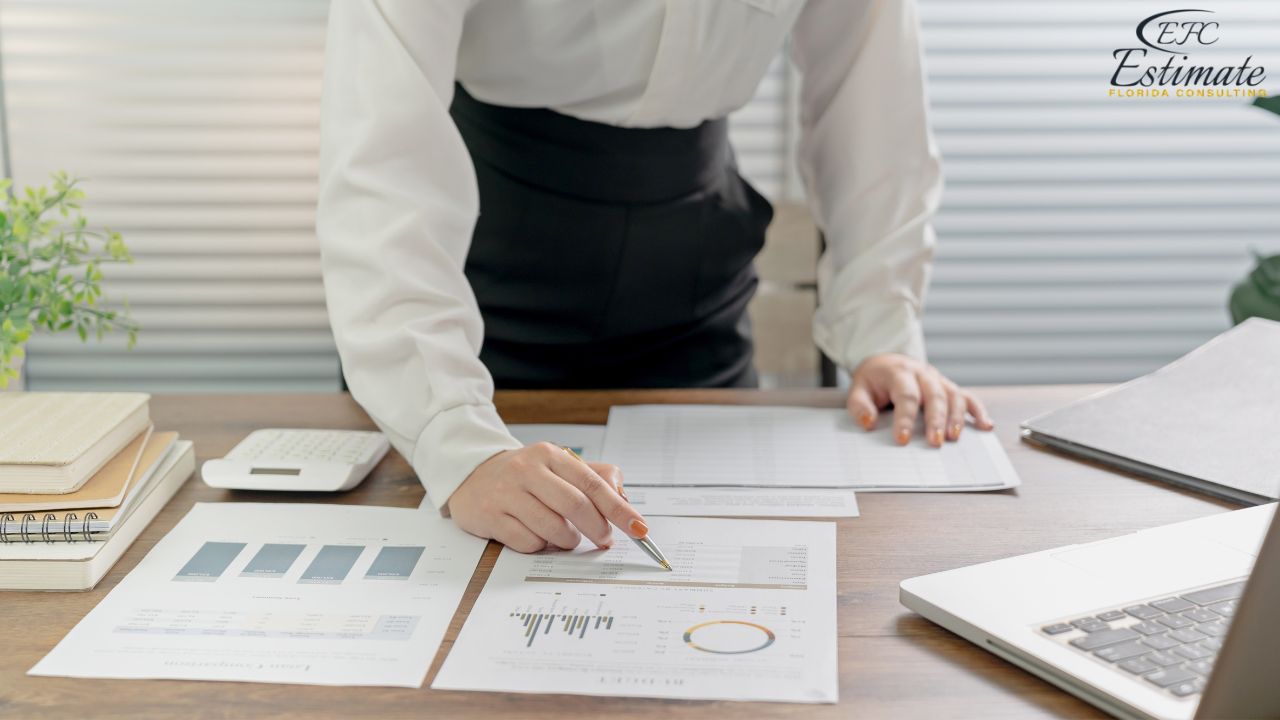
- Regular Budget Reviews: Regularly reviewing and adjusting the budget to accommodate changes in project scope or unforeseen costs is essential. This ensures that the project remains financially viable.
- Use of Technology: Utilizing project management software can enhance cost control by providing real-time tracking of expenses and facilitating effective communication among stakeholders.
Challenges in Cost Control and How to Overcome Them
Managing costs in construction projects comes with its set of challenges:
- Controlling Changes: Changes within a project can prove to be the most difficult aspect of cost management. While a budget may be set, variations or scope changes can occur, leading to cost overruns.
- Insufficient Resources for Controls: There is often a greater demand for cost reporting, better planning, and scenario analysis than the available resources can handle. This can lead to delays in reporting and decision-making.
- Timing and Tracking Financial Information in Real-Time: The lag between actual work performed and financial record-keeping poses a significant challenge, making it difficult to track costs accurately.
Download Template For Commercial Buildings Project Breakdown
- Materials list updated to the zip code
- Fast delivery
- Data base of general contractors and sub-contractors
- Local estimators
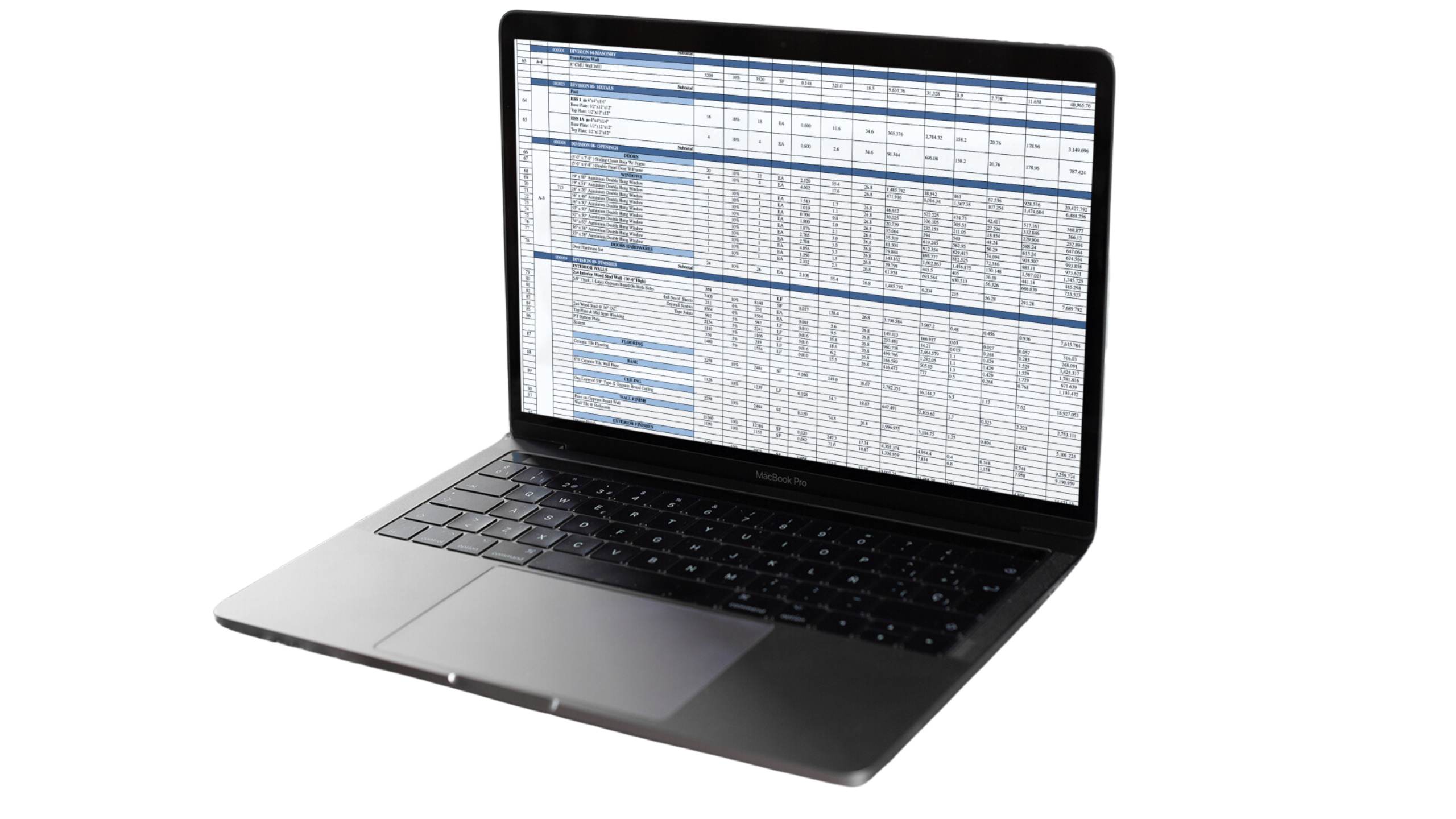
Conclusion
Effective cost control and budgeting are essential for the success of commercial construction projects. By implementing detailed cost estimation, strategic procurement, lean construction practices, regular budget reviews, and leveraging technology, stakeholders can ensure projects are completed within budget and to the desired quality standards. Overcoming challenges in cost control requires a proactive approach and continuous improvement to adapt to the dynamic nature of construction projects.
At Estimate Florida Consulting, we recognize that your time is valuable. That’s why we’re here to assist you with our comprehensive estimating services, designed to relieve your stress and help you create highly accurate estimates, increasing your chances of winning both large and small projects.
Frequently Asked Question
To estimate the cost of a commercial building, you consider factors such as the building size (square footage), type of construction materials, labor rates, local building codes, and project complexity. A detailed cost estimate typically includes elements like site preparation, structural systems, HVAC, plumbing, electrical systems, interior finishes, and any specialty features. Tools like unit rate pricing, historical data analysis, and software solutions streamline this process.
Budgeting and cost control involve creating a detailed cost plan, tracking expenses against the budget, and identifying deviations early. Steps include:
- Setting a realistic budget based on scope and requirements.
- Using project management software for real-time tracking.
- Implementing cost-saving measures, such as value engineering or bulk purchasing.
- Regularly reviewing progress reports to adjust estimates or plans as needed.
Budgeting is the process of planning and allocating financial resources to a construction project, ensuring that the expenses align with available funds. Cost control, on the other hand, involves monitoring and managing actual project expenses to ensure they stay within the allocated budget by minimizing overruns and identifying cost-saving opportunities.
- Accurate Estimation: Ensure the initial budget is detailed and considers all possible costs, including contingencies.
- Efficient Resource Management: Use labor, materials, and equipment efficiently to avoid waste.
- Regular Monitoring and Reporting: Track progress frequently to catch and address cost deviations early.
- Labor Costs: Ensuring productivity and managing labor hours efficiently.
- Material Costs: Reducing waste, negotiating prices, and selecting cost-effective materials.
- Overhead and Administrative Costs: Optimizing expenses related to project management and logistics.
Cost control techniques in construction include:
- Earned Value Management (EVM): Tracks project performance against the budget and schedule.
- Variance Analysis: Identifies and explains differences between planned and actual costs.
- Value Engineering: Focuses on reducing costs without compromising quality by assessing alternative materials or methods.
From a main contractor's perspective, cost control involves managing subcontractor expenses, labor efficiency, material procurement, and minimizing delays or rework. Contractors aim to maximize profit margins while delivering the project on time and within budget through detailed planning, regular tracking, and proactive decision-making.
The most significant cost control technique is Earned Value Management (EVM). It integrates cost, schedule, and scope to provide a comprehensive view of project performance. EVM helps contractors predict project outcomes and make data-driven adjustments to stay within budget.
- Building Information Modeling (BIM): Provides accurate cost estimations and identifies potential cost overruns in the design phase.
- Prefabrication and Modular Construction: Reduces labor and material waste by fabricating components off-site.
- Drones and AI: Enhances site monitoring and progress tracking for efficient resource allocation.
- Construction Management Software: Offers real-time budgeting, scheduling, and cost tracking.
- Sustainable Construction Practices: Minimizes costs through energy-efficient designs and materials.

